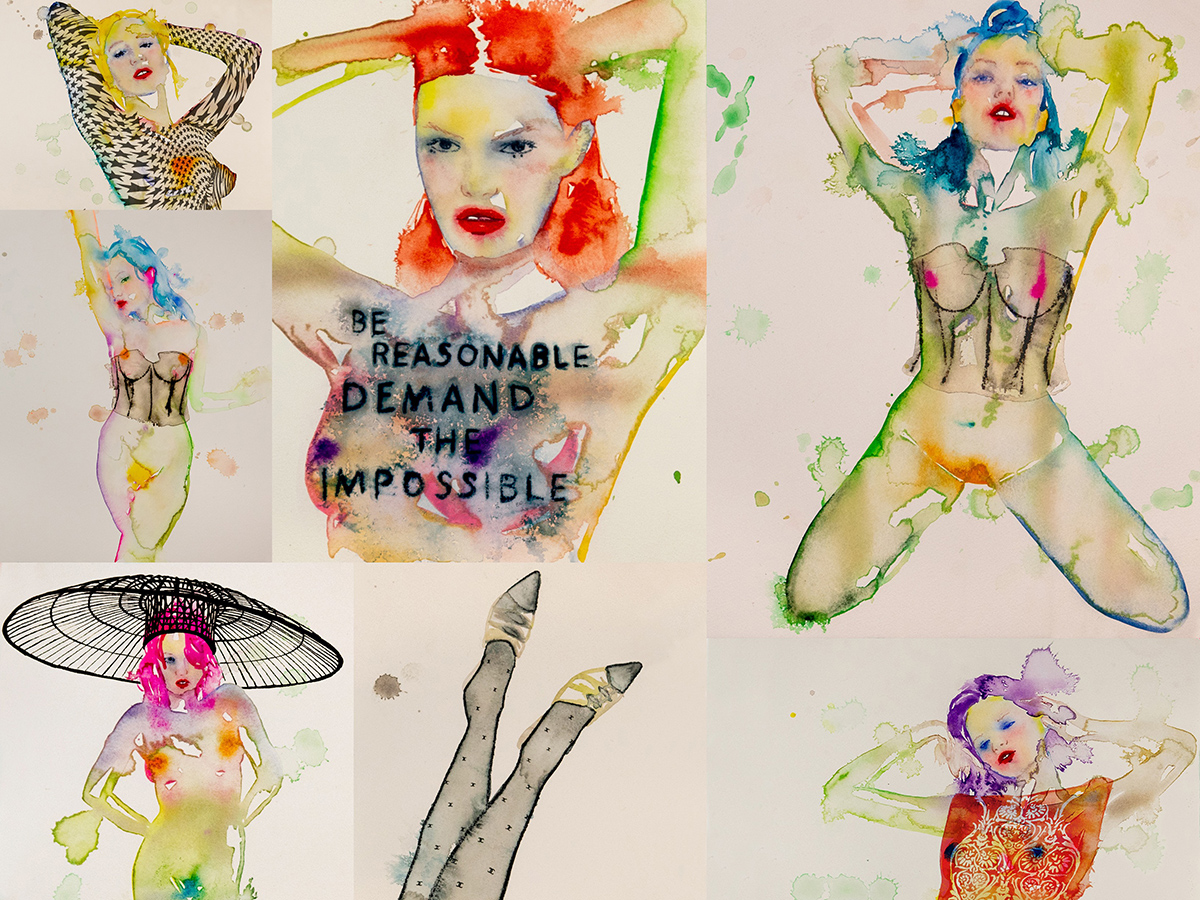
The trajectory of fashion has largely depended on designers who crossed lines, shattered boundaries, and challenged industry norms. Designers who broke societal stigmas were catalysts of change who impacted the evolution of prints, silhouettes, and colors, along with those who wore them. These disruptive yet revolutionary designers drastically steered fashion onto the path of authenticity and power, leaving behind a trail of fire with their soulful, transformative designs that embodied who they were and what they fearlessly believed in. They encompassed creativity, inclusivity, and progressive ideas within their collections, creating timeless and impactful statements while opening doors for those following in their deeply marked footsteps. Today, artists, designers, journalists, and other enthusiasts still see the willful, lasting impact these juggernauts embedded in our deeply visual society.
Read the exclusive from “The REBEL Issue” below, including original artwork by Fahren Feingold.
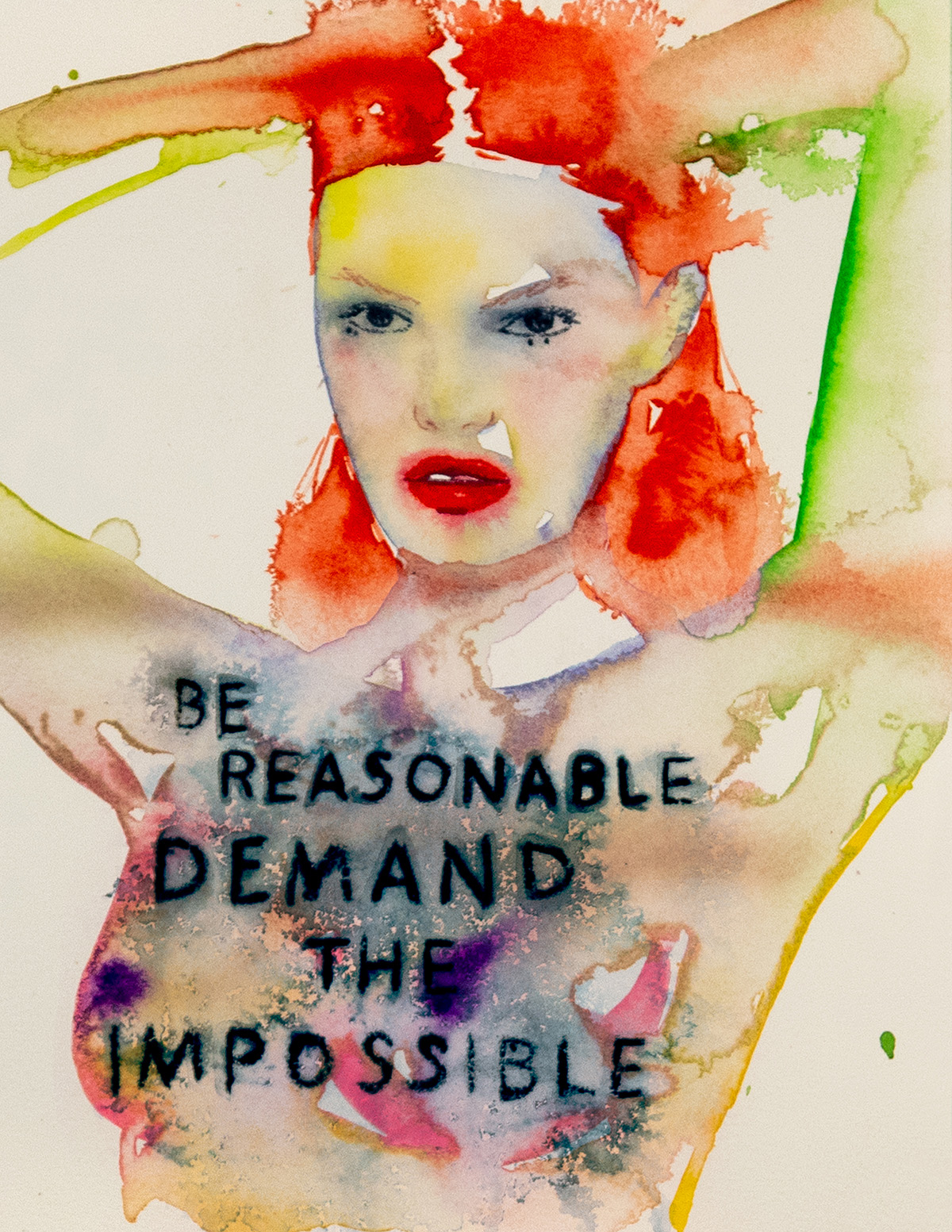
VIVIENNE WESTWOOD
Counter-culture queen Vivienne Westwood shook up the world with her blunt, edgy sensibilities and cultural motifs. Born in a small village in North West England, Westwood was a working girl who felt the art world, simply put, could not sustain her. Westwood worked as a primary school teacher and wife until she fatefully met her future husband, then-manager of the Sex Pistols, Malcolm McLaren, where her bold, modern punk designs for the rising band caught the wake. Soon, the two entities were synonymous.
Westwood crossed the invisible lines of the zeitgeist through provocation and unabashed honesty. With the creation of McClaren and Westwood’s brand, SEX, heavy threading, gaping holes, and plaid print came to epitomize punk and make it intertwined with the spirit of rebellion.
Soon expanding her undeniable legacy without McClaren, Westwood felt the commercialization of the punk movement undermined her initial goals, and more to the point, that entering into mainstream popularity just wasn’t suited to her style. A true activist with ambitions beyond her punk bubble, she aimed attacks squarely at the British establishment. Beyond creative changes, Westwood stepped into her own even more as a feminist icon. She spoke of her toxic relationship with McClaren, “Malcolm was so bad to me … He was very jealous of me. He would say things like, ‘She’s just a seamstress’, and, ‘Vivienne would not be a designer if she’d never met me.’”
McClaren’s absence did nothing to harm Westwood’s influence. Quite the opposite, her newfound independence enlarged her insurgent creativity and talent. Her major fight against climate change was obvious in her designs, as large activist slogans such as “Save the Arctic” covered many of her pieces. Westwood’s determination spoke volumes on world issues and the heavy weight of societal chains.
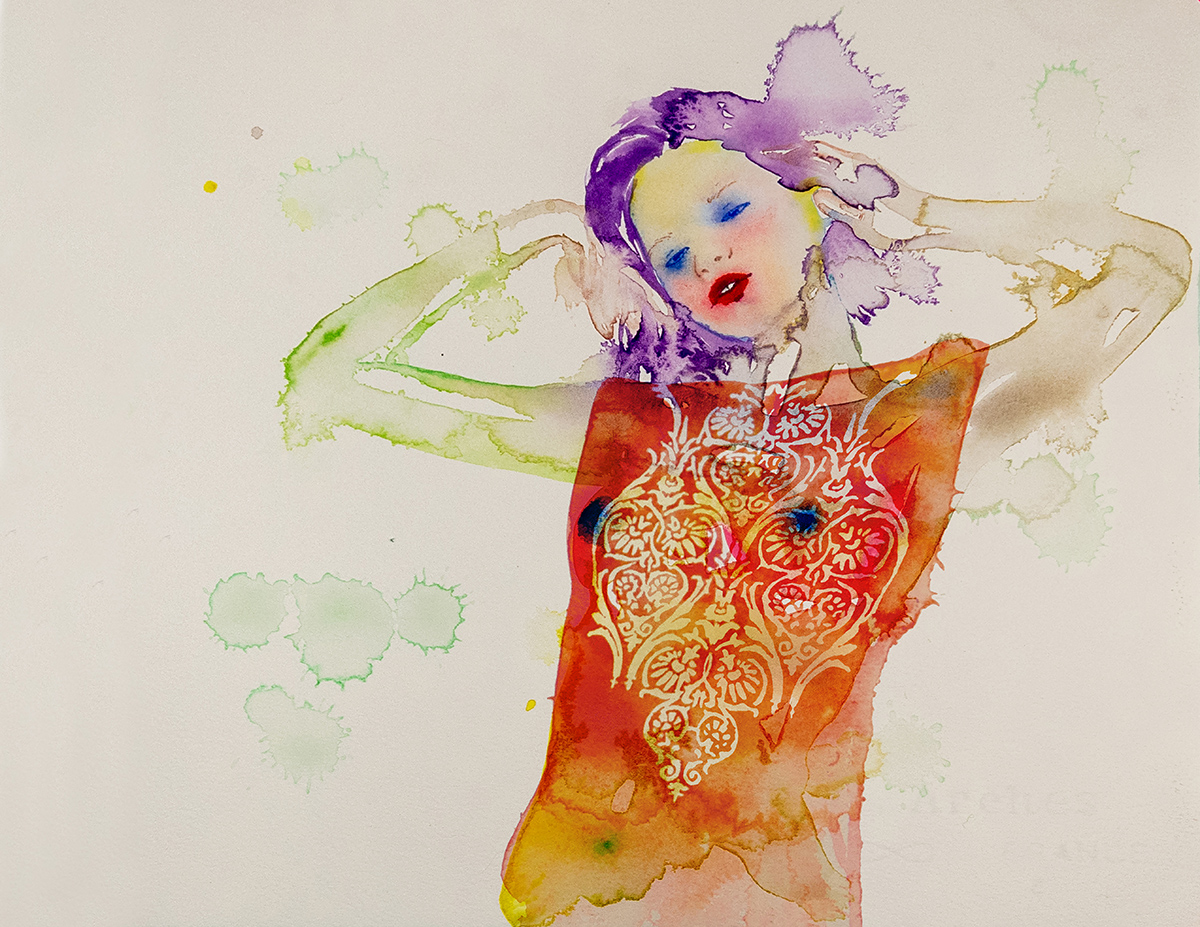
ALEXANDER MCQUEEN
Alexander McQueen thrived as a provocateur, rerouting the industry with his creative storytelling through shocking shows and unusual designs. He tore up the status quo with truly wild designs and often gruesome events, garnering frequent shock with stunts that were never surface level, always expressing a fiercely political agenda. Garnering the title of “L’enfant Terrible” rather early, it was his fourth runway show, Highland Rape, that solidified his genius and put British fashion on the global map. The show featured models in tattered garments, many of which were splattered with fake blood, meant to represent “the rape of Scotland by the English.” It was a visual statement that everyone was longing for, and garnered several passionate standing ovations, a regular occurrence at his shows. He became a transformative force with shocking work that was powerful and impeccably creative and ranged in theme from mental asylums to barren nature landscapes.
In his mid-20s in 1996, the same year he received his first of four Designer of the Year Awards, McQueen became the head designer at Givenchy. In 2000, before his contract expired, he famously partnered with Gucci, who bought 51% of his company, though he remained creative director. There he continued his streak of innovative shows, keeping up his reputation as a true artist.
McQueen’s sudden death by suicide at 40 completely stopped time for his followers. His memorial was attended by over 2,500 guests, who all mourned the loss of a one-of-a-kind talent. Deeply troubled and depressed in his final days, McQueen nonetheless left behind an influence unlike any other, one of defiance and shamelessness.
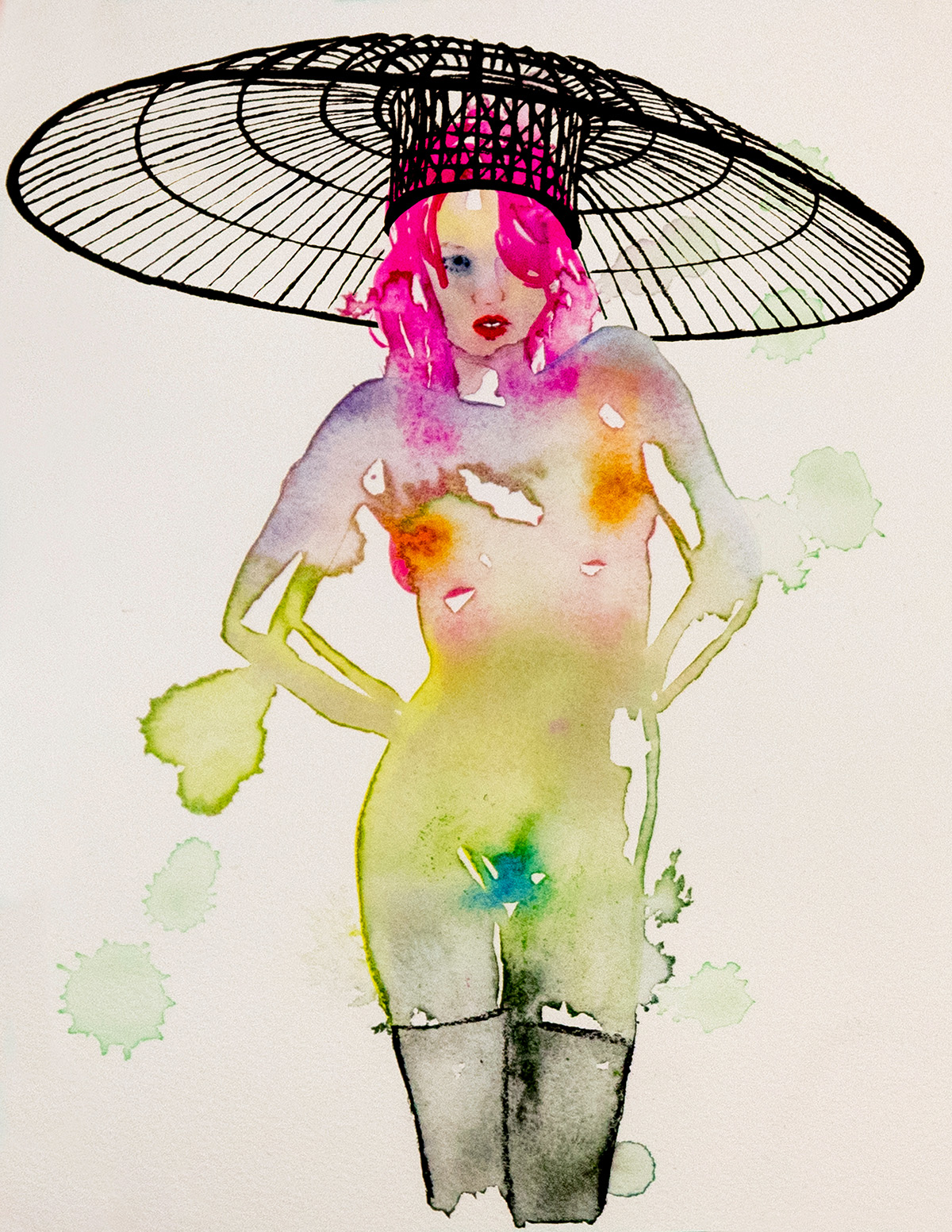
ISSEY MIYAKE
The defiant Issey Miyake took the reins of the industry in the 1990s, as he courageously meshed the (at the time) completely disparate worlds of technology, architecture, art, and fashion. Miyake was born in Hiroshima, Japan, and miraculously survived the city’s atomic bombing at the age of seven, though, despite his traumatic childhood, he adamantly ignored the past and always focused on the joy and beauty of human connection through his sleek, gender-fluid pieces. He certainly earned his frequent nickname of the kindest man in fashion.
With a fiercely architectural eye, Miyake became known largely for his micropleating techniques, which surfaced in his 1993 collection Pleats Please. With innovative technology developed to create lasting pleats, Miyake broke away from the typical using gender-neutral designs, a somewhat foreign concept of the era. Most famously, his creation of friend and collaborator Steve Jobs’ now-iconic black turtleneck sweater flashed headlights into his mold-shattering approach. Finding the trends of his day wholly unappealing, Miyake made timeless pieces for everyone, redefining the concept of modernity with a genderless, cutting-edge look that even in the fickle realm of fashion stands the test of time. Miyake often voiced his rebellious tactic quite simply: “Anything that’s ‘in fashion’ goes out of style too quickly. I don’t make fashion. I make clothes.” He famously built pieces to last, stating “When I make something, it’s only half finished. When people use it – for years and years – then it is finished.”
An avalanche of devoted admirers mourned a cultural loss when Issey Miyake passed away from liver cancer at 84 years old this August. Though dissimilar in style, global icons from Grace Jones and Kim Kardashian took a swath of cues from the late designer and took all his notes to create their own visual identities, taking to heart his vision of the wearer as the second half of the garment. His overwhelmingly generous nature is missed, and his legacy is, in a word, untouchable.
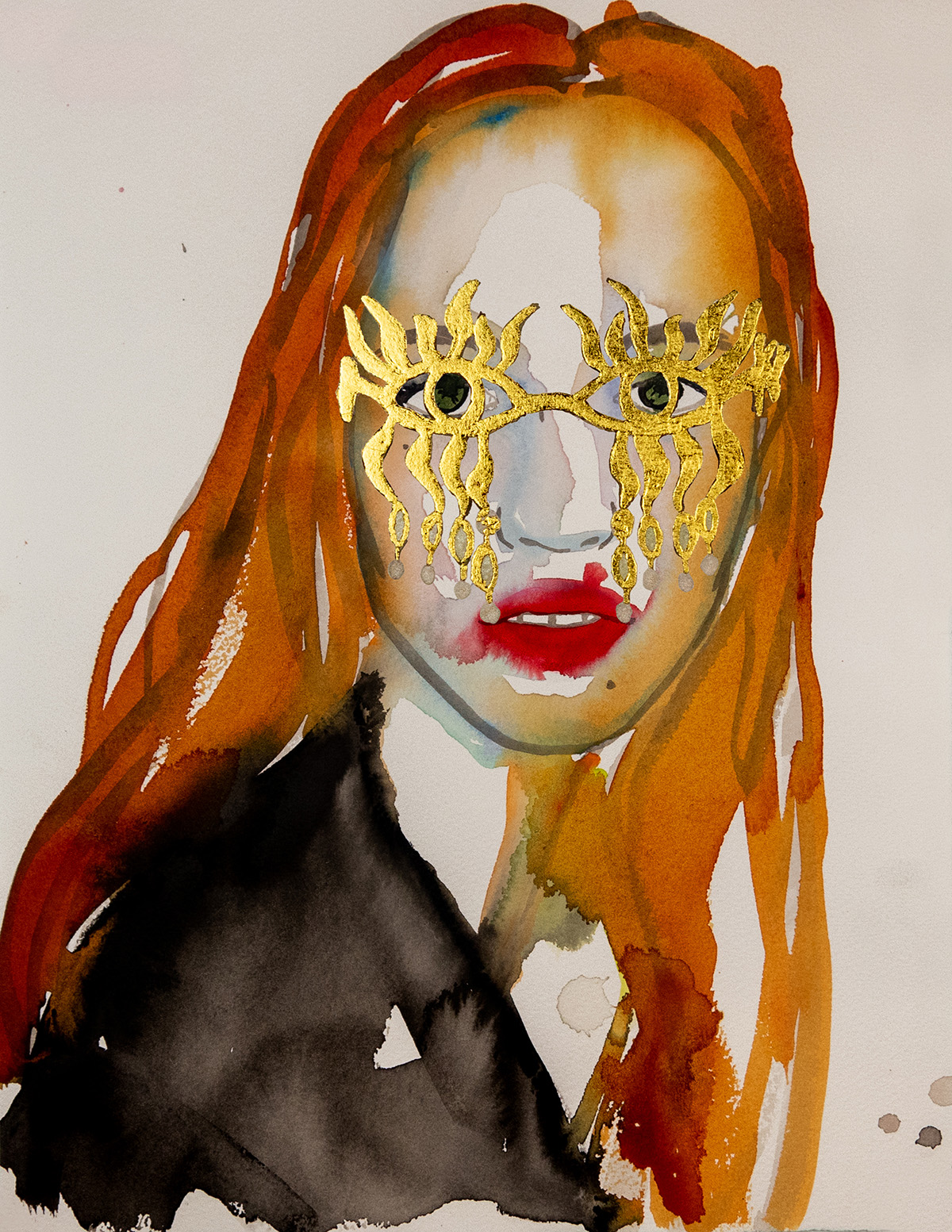
ELSA SCHIAPARELLI
20th-century visionary Elsa Schiaparelli was a born independent. An Italian-born French designer who pushed the boundaries of what a trend could be, Schiaparelli founded her house in the ‘20s, beginning her bold trademark work that rattled the culture of normalcy. An authentic Surrealist centered on creating looks that afforded freedom to women, her first collection included knits, leading to the black square knit sweater with a bright red bowtie that skyrocketed her influence. As her career expanded, Schiaparelli’s designs became more progressive, challenging norms and guiding them toward women. As she infamously expressed, “In difficult times, fashion is always outrageous.” Her 1927 knit collection included the double stitching of Armenian refugees, not shying from politics within her work.
Schiaparelli was expressive and contumacious throughout her lifetime. One of her most unique, rebellious designs was her “speakeasy dresses,” which included secret pockets for flasks during American prohibition. Schiaparelli also introduced the provocative integrated bra with her swimsuits, making women’s cuts more blunt and bold. Today, we see the impact of Schiaparelli because of her designs that challenged society and voiced her Surrealist craft.

CRISTÓBAL BALENCIAGA
Spanish-born designer Cristóbal Balenciaga bravely stepped out in the 20th century by reconstructing the woman’s silhouette. Though “The King of Fashion’s” couture house opened in 1937, it was not until the 1950s that his rule-breaking dress form would reach astronomical heights. Balenciaga used thick fabric and patterns, imbuing a heavy, yet elegant tone to his collections. With advanced and unusual tailoring skills, Balenciaga was able to create a silhouette that catered to the women’s body by lowering, then raising the waistline, creating fluid forms that could paradoxically flatter any body. Through Balenciaga’s unruly disregard for the en vogue, he flaunted his dismissive attitude, with a client infamously remarking, “Women did not have to be perfect or even beautiful to wear his clothes. His clothes made them beautiful.”

GABRIELLE “COCO” CHANEL
Gabrielle “Coco” Chanel’s impact was about more than just the look, she redefined the very concept of womanhood in the early 20th century. During an era when women were still seen by the dominant culture as trophies, destined to remain in the home, Chanel gave women the courage to publicly acknowledge their own agency. As women began to enter the workforce, Chanel freed them from the crush of the corset, introducing the revolutionary idea of trousers to womenswear. That might seem quaint today, but it is impossible to overstate the impact that pants had on women at the time. With her iconic little black dress, Chanel fully recontextualized black as a classy women’s color – elegant, timeless, and modern. Streamlined in design, it embodied Chanel’s philosophy of simplicity: “Before you leave the house, look in the mirror and take one thing off.”
As era-defining as she was, Chanel’s personal life was flooded with unruly, controversial, and downright abhorrent activities not to be overlooked. She was accused of affairs with a German soldier during WWII, and was outed as a Nazi informant in 1944 – it is impossible to overlook her personal life which was often clandestine and harmful.
ROY HALSTON FROWICK
The shape-shifting designer Roy Halston Frowick, commonly known as Halston, reset culture as not only a fashion designer but also a bona fide queer icon. Unabashedly gay himself, Halston was a poster child for the glitzy disco era, designing for a plethora of bodies that came through the iconic Studio 54. It was a period when queer culture slowly started transforming from an underground group full of societal fear to an unashamed and in-your-face expression of self. He was known just as much for his flamboyant personality as for his work, becoming one of the first celebrity figures of fashion. Halston ushered in an era of godlike fame for those in his craft; fashion and its creators became glamorous.
A rebel of silhouette, Halston reached everyday American women with never-before-seen forms, flowy cuts, and innovative women’s pants. He focused on silk, chiffon, and similar delicates, and maintained a simple, minimalist approach. His sophisticated style brought the natural look to light, and he became renowned for his elegant headwear – most famously designing Jacqueline Kennedy’s pillbox hat for the 1963 Presidential Inauguration.
In 1969, Halston’s first ready-to-wear collection stunned with its contrast to the popular extravagance of women’s fashion, and he continued his rebellious streak by collaborating with JCPenny in 1982, a move at the time considered controversial for being one of the first occasions a luxury designer worked with a more approachable brand. Halston wanted the everyday American classes to merge with elegance and accessibility for all, as he notably expressed, “You are only as good as the people you dress.” Injecting flair and queerness in every piece, Halston’s unapologetic determination made him a pioneer.
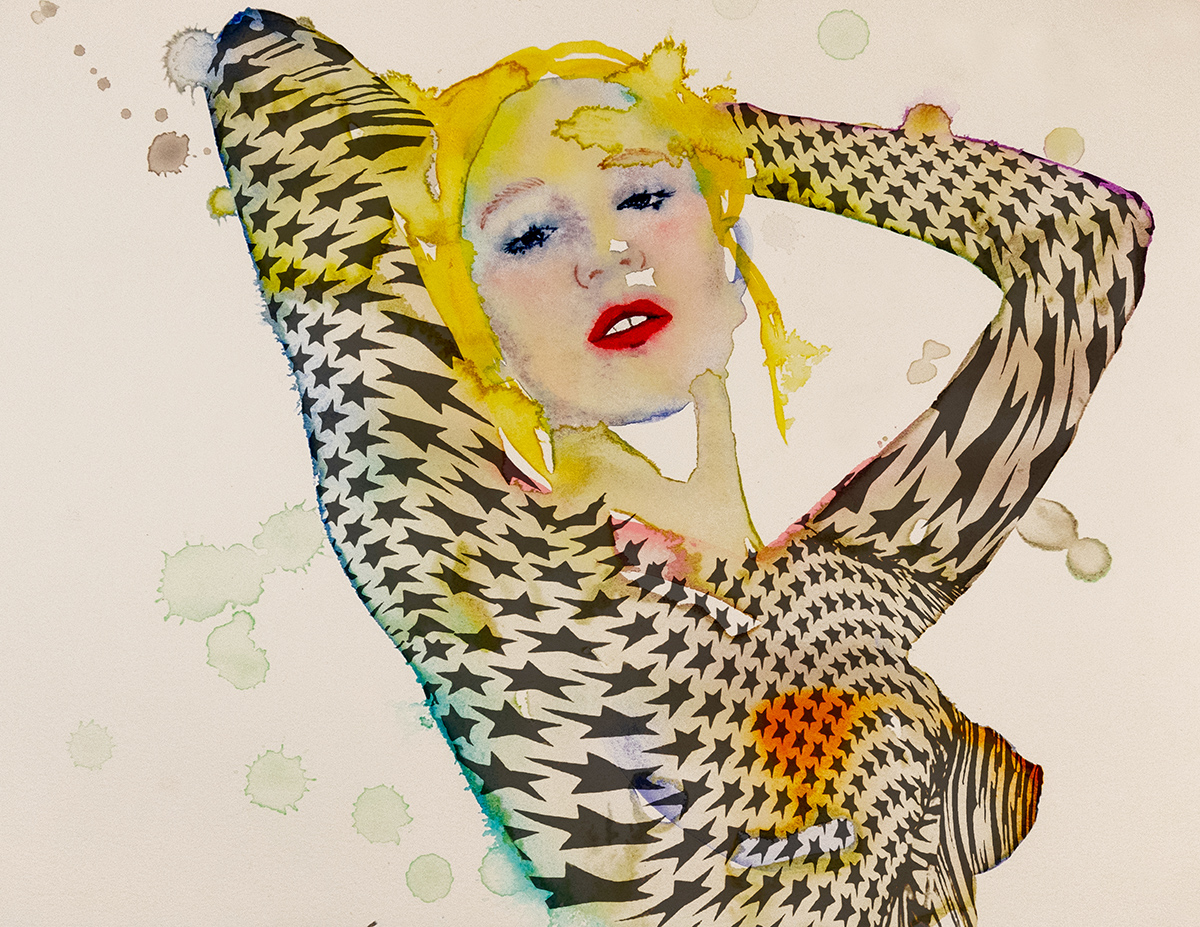
THIERRY MUGLER
The provocative and outrageous Thierry Mugler burst the fashion industry bubble during his rise to popularity in the supermodel era of the ‘80s and ‘90s. Known for trademarks like bright colors, leather, latex, and a general air of extravagance, he turned models into superheroes, aquatic creatures, and robots, including a bevy of celebrity collaborators. While iconic for looks like Demi Moore’s infamous dress for Indecent Proposal, as well as being a favorite of supermodels Naomi Campbell and Cindy Crawford, Mugler is perhaps best known for his numerous collaborations with musicians. One of the first was David Bowie, who wore a stunning, and provocative at the time, Mugler dress for a performance on Saturday Night Live, as well as a tuxedo for his own wedding. One of his most famous stamps on music was the incredible “Too Funky” video for George Michael, who he would go on to form a lasting friendship with. The video featured custom catsuits for Tyra Banks and Linda Evangelista, amongst others, along with gorgeous lace gowns and motorcycle-style corsets. He acted as creative director for Beyoncé’s “I Am…” tour, dressed Madonna for the cover of Life, modeled Diana Ross for his Butterfly collection, and opened his archives for current-day superstars like Lady Gaga and Cardi B.
Mugler broke the rules with his inverted triangle silhouette, a devoted exclamation of love for curves. He exuded a punk ethos with broad shoulders and strived to awe. Always candid about his identity and sexuality, he openly challenged racism, sexism, and ageism through his shows, with models of great diversity walking his flaming runways, including drag queens and pornstars. Mugler’s rebellious voice led the path of the fashion industry toward increased representation and inclusivity.
To read our print feature on rebel designers throughout history, pick up your copy of “The REBEL Issue” here.


